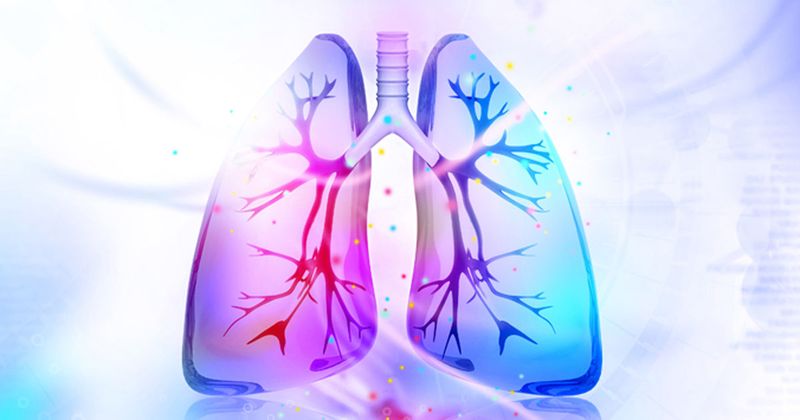Fixed-dose combination budesonide, albuterol prevents exercise-induced bronchoconstriction
New data from the phase 3 TYREE study demonstrate efficacy of a fixed-dose combination of budesonide and albuterol in a single pressurized metered-dose inhaler to prevent exercise-induced bronchoconstriction in individuals with asthma.
During the American Thoracic Society International Conference, Craig F. LaForce, MD, medical director and principal investigator at North Carolina Clinical Research in Raleigh, reported new results from the TYREE study, which evaluated safety and efficacy of PT027, a fixed-dose combination of short-acting beta agonist albuterol and the inhaled corticosteroid (ICS) budesonide in a single pressurized metered-dose inhaler. PT027 is currently in clinical development as an anti-inflammatory rescue/reliever for individuals with asthma.

The phase 3, multicenter, randomized, double-blind, crossover TYREE study compared efficacy and safety of albuterol/budesonide 160/180 g vs. placebo in 60 adults and adolescents aged 12 to 70 years with asthma and exercise-induced bronchoconstriction. Exercise-induced bronchoconstriction was defined as a 20% or greater decrease in FEV1 from baseline within 60 minutes of exercise.
Individuals were randomly assigned to receive PT027 followed by placebo (n = 30) or placebo followed by PT027 (n = 30).
The primary outcome measure was the maximum percentage FEV1 fall from baseline 60 minutes after exercise.
Results showed combination budesonide/albuterol significantly lowered the least squares mean maximum percentage FEV1 fall from baseline compared with placebo (5.45% vs. 18.97%; difference, -13.51%; P < .001). The treatment effect was present regardless of background ICS therapy, LaForce said during the presentation.
The researchers also evaluated the percentage of patients with maximum percentage post-exercise challenge test fall in FEV1 of less than 10%, considered full protection, and those with less than 20%, considered partial protection. The proportion of fully protected patients was 78.3% in the PT027 group vs. 28.3% in the placebo group (OR = 10.55; P < .001) and the proportion of those who were partially protected was 90% vs. 51.7%, respectively (OR = 10.85; P < .001).
PT027 was well tolerated overall, he said.
“In this first report, phase 3 study of albuterol/budesonide, we found that albuterol/budesonide significantly reduced the fall from baseline in FEV1 over 60 minutes post-exercise vs. placebo, and also increase the odds of being fully or at least partially protected from exercise-induced bronchoconstriction in patients with asthma,” LaForce said during his presentation.

